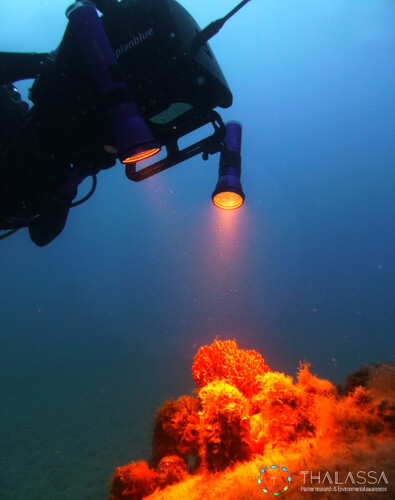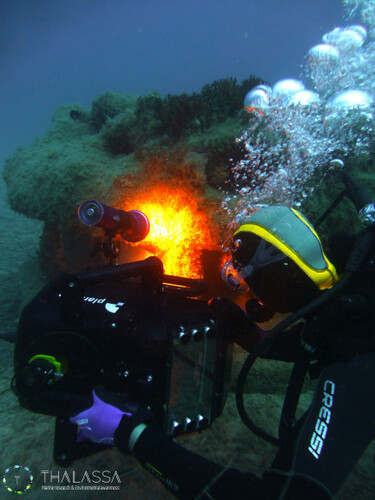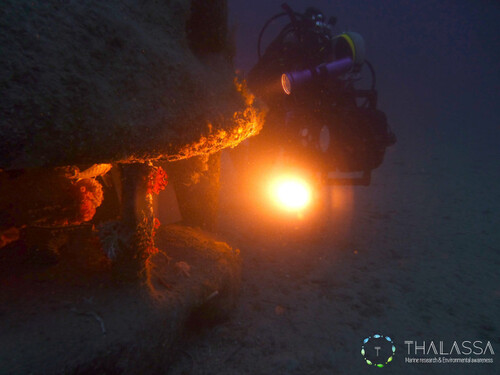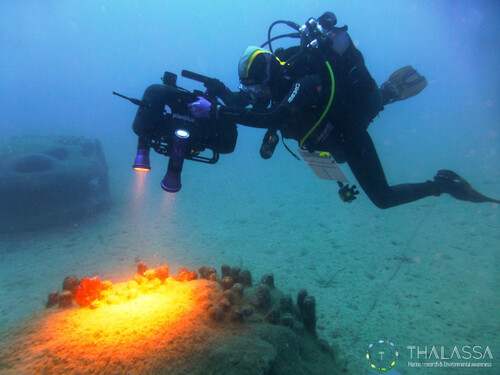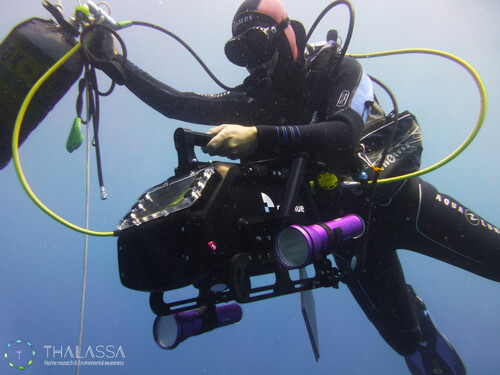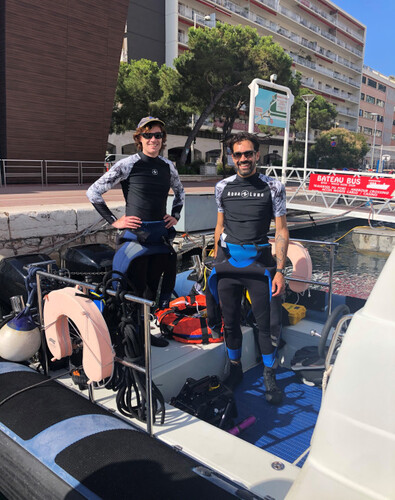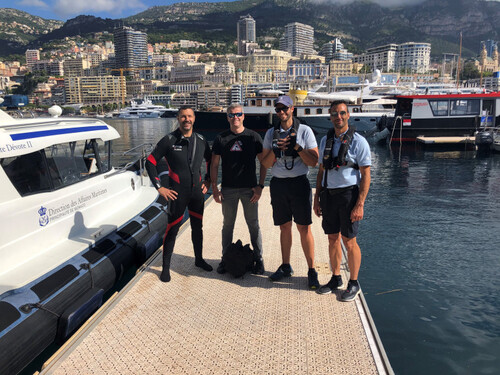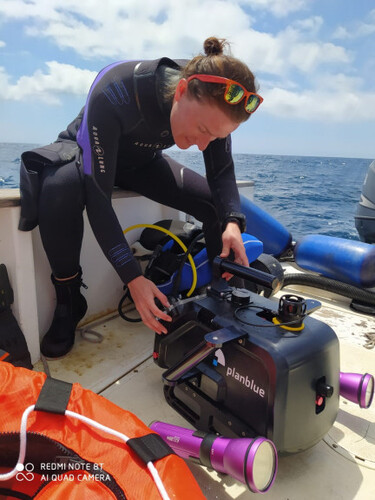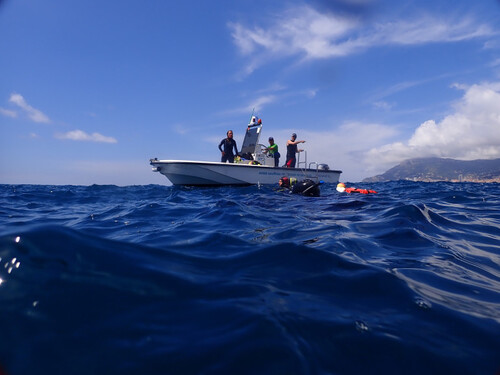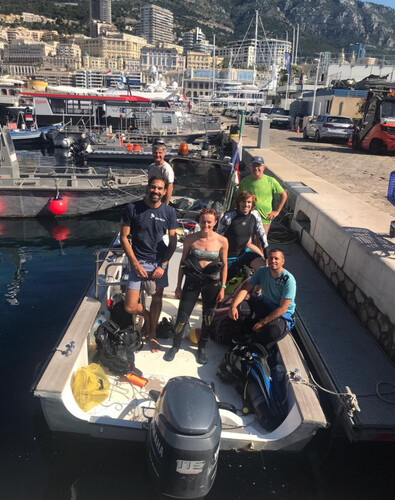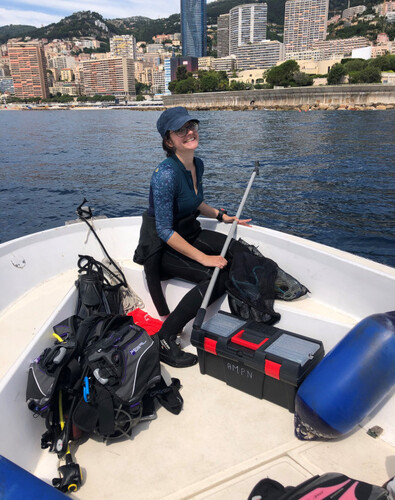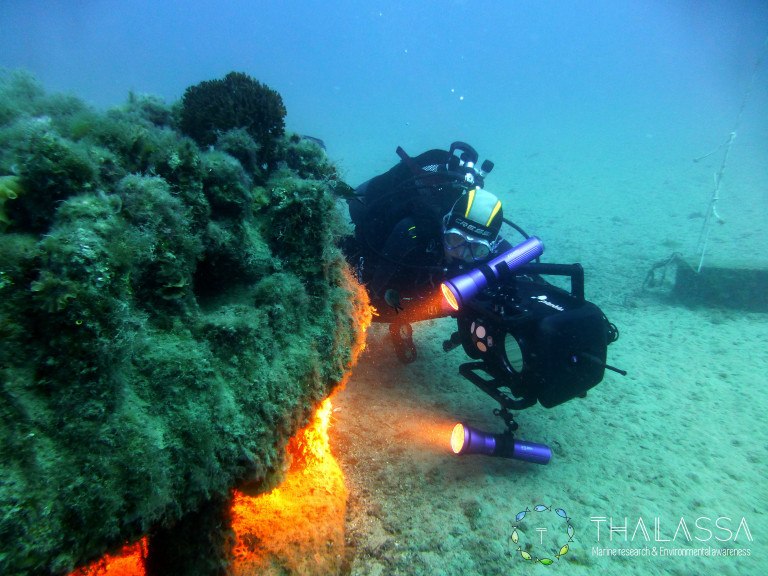
Research work on 3D reefs – HYPER3D project
Marine Protected Areas
In January 2020, Miss Elisabeth Riera (ECOSEAS laboratory - Côte d'Azur University) defended her doctoral thesis on the following subject: "Towards a reasoned construction of a new generation of artificial reefs: Comparative analyzes of the intrinsic factors favoring their colonization from the micro to the macro scale”.
His research on artificial reefs is now continuing as part of a Post-Doc within the ECOSEAS laboratory (University of the Côte d'Azur). This work is an integral part of a research program on the multi-year monitoring of artificial reefs carried out with a 3D printer and submerged in 2017 in the Larvotto Marine Protected Area. They are mainly funded by the Prince Albert II of Monaco Foundation and the Monegasque Association for the Protection of Nature via its private partners. The lines of research focus on three questions: (i) are the differences initially observed in the colonization of two substrates (dolomite and concrete) maintained over time? (ii) does the colonization of 3D reefs allow the installation of abundant and diverse fauna and flora? (iii) do artificial reefs have an influence on sedimentation and the production of organic matter?
To answer these questions, Doctor Elisabeth Riera will in particular resort to the use of an immersible hyperspectral camera developed by the start-up PlanBlue, from the Max Planck Institute in Germany. This non-intrusive technology will make it possible to analyze the sessile communities of artificial reefs and the impact of the reefs on the surrounding soft bottoms. The development of these analytical methods applied to artificial reefs could have numerous spin-offs in marine ecology.
SYNTHETIC DESCRIPTION
The epibenthic communities of traditional concrete reefs, immersed in the 80s, will be compared with those of innovative reefs designed by 3D printing in dolomite sand and immersed in 2017. Samplings using the hyperspectral camera will be made on natural sites, on 3D reefs and on old reefs in order to compare colonization (reefs Vs natural site & old reefs Vs 3D reefs).
In addition, during the immersion of the 3D reefs in 2017, test plates made of concrete and dolomite sand were immersed nearby. The scan of these plates will make it possible to verify whether the differences between the two materials are maintained over time, but also to directly identify the benthic species. Analyzes of these species by liquid phase chromatography (HPLC) will be carried out in order to check the identification of the spectra.
The hyperspectral camera will also make it possible to determine the impact of the reefs on the surrounding sediments by combining the imaging results with grain size analyses.
To know more :

